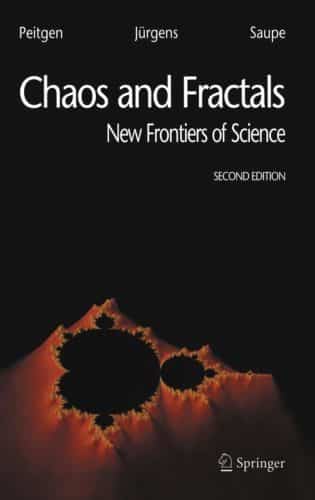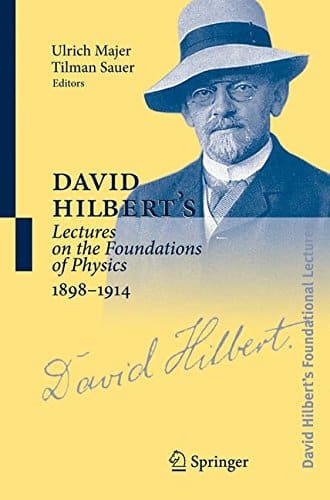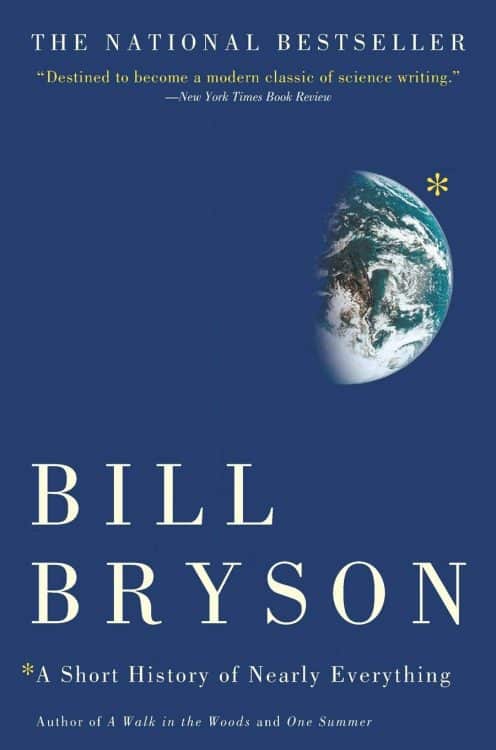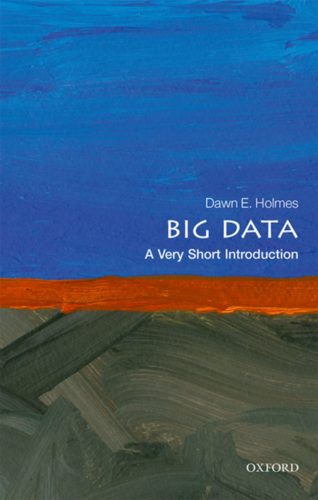What is the issue? The material from which we and everything else in the world are produced is called matter. A million atoms may fit across the width of a human hair, yet everything around us, including desks, books, and even our own bodies, is formed of atoms. Every atom contains a small nucleus surrounded by a circling cloud of electrons. By enlarging the image, you can see that the protons and neutrons that make up the nucleus also contain even smaller particles called quarks. The quarks are the essential building blocks of physics that have been since the Big Bang, or roughly 14 billion years ago, and are the smallest particles known to exist, along with electrons. All normal stuff is composed of 92 different chemical elements created billions of years ago during the Big Bang, inside stars, and in ferocious stellar explosions.
This Very Short Introduction takes us on tour through plasmas, exotic forms of quantum matter, and antimatter from the human scale of matter in the familiar everyday forms of solids, liquids, and gases. Gravity shapes matter on the biggest scales into planets, stars, galaxies, and enormous clusters of galaxies. However, the total amount of matter that we typically come into contact with is only 5% of the total amount of matter that exists. Dark matter and dark energy are the mystery substances that make up the remaining 95%. Dark energy and dark matter are both required to account for the acceleration of the universe’s expansion that has been observed. Dark matter prevents galaxies from falling apart. Geoff Cottrell examines the most recent findings in matter research and demonstrates how much we still don’t understand about the constituents of our cosmos.
















